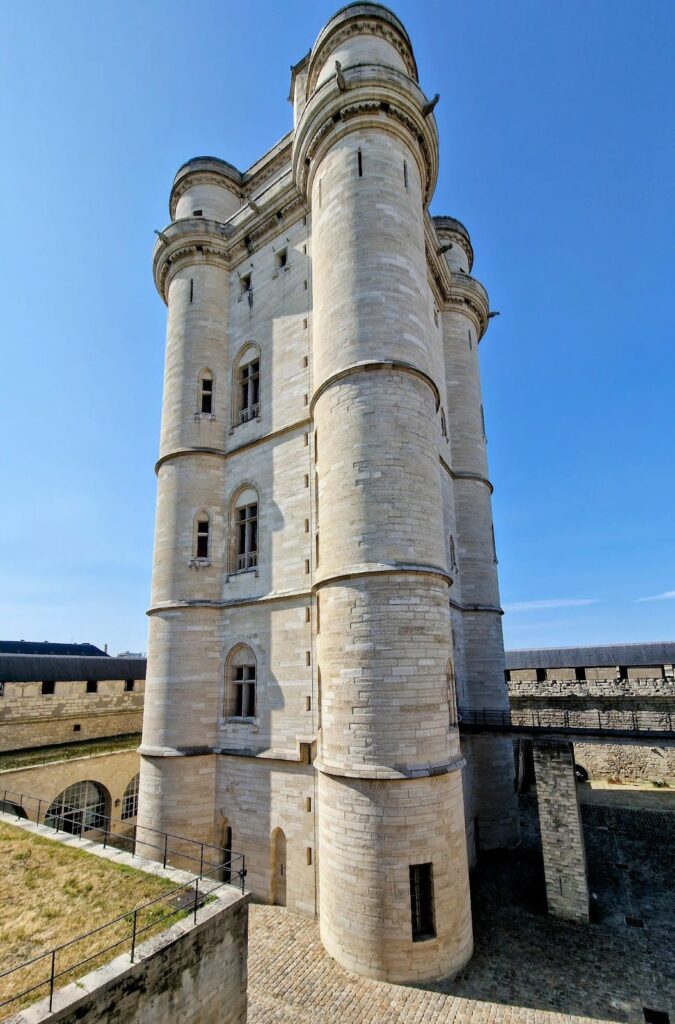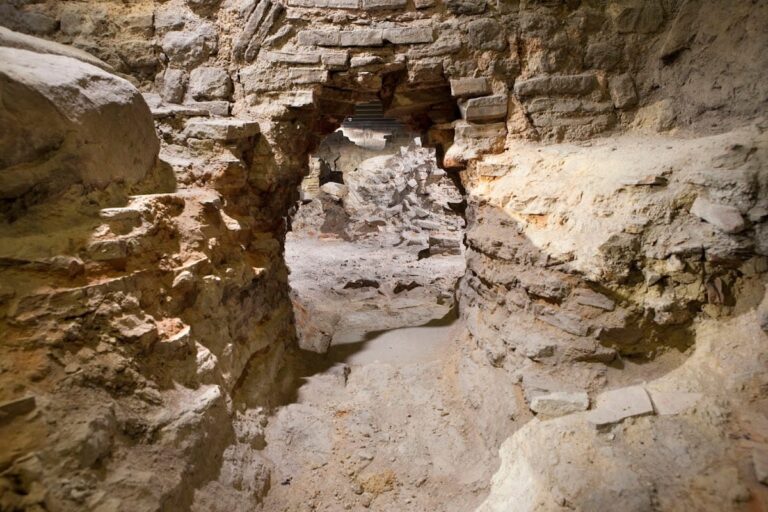Sainte-Chapelle de Vincennes: A Gothic Royal Chapel in France
Visitor Information
Google Rating: 4.5
Popularity: High
Google Maps: View on Google Maps
Official Website: www.chateau-de-vincennes.fr
Country: France
Civilization: Medieval European
Remains: Military
History
The Château de Vincennes is located in Vincennes, a commune east of Paris, France. It was developed during the medieval period as a royal residence and fortress. The site is closely associated with the Sainte-Chapelle de Vincennes, a royal chapel founded in 1379 by King Charles V of France to house sacred relics.
Construction of the Sainte-Chapelle began under Charles V but continued after his death in 1380 by his successor, Charles VI. Under Charles VI, key parts such as the choir, two oratories, sacristy, and treasury were completed. The treasury held the relics of the Passion of Christ, reflecting the chapel’s religious importance. The chapel served as a royal place of worship dedicated to the Virgin Mary and the Holy Trinity, staffed by a chapter of fifteen canons who prayed for the king and royal family.
The Hundred Years’ War interrupted construction, especially after the English victory at the Battle of Agincourt in 1415, which led to English occupation of the site. The chapel returned to French control in 1437 but remained unfinished for many years. In the 16th century, King Francis I initiated efforts to complete the chapel. These were finished by Henry II between 1547 and 1552, who added vaults, carved woodwork, and stained glass windows. Henry II also moved the seat of the Order of Saint Michael to the chapel in 1555.
After the royal court relocated to Versailles, the chapel saw little use. The College of Canons was abolished in 1787. During the French Revolution, the chapel suffered severe damage in 1793. Sculptures and stained glass were destroyed or removed, and the Baptistery of Saint Louis was transferred to the Louvre. In the 19th century, restoration efforts led by Eugène Viollet-le-Duc revived the chapel, which was declared a historical monument in 1853. The tomb of Louis Antoine, Duke of Enghien, executed nearby in 1804, was placed inside the chapel in 1816.
In the 20th century, the chapel endured further damage from a 1999 windstorm that destroyed several nave windows. These windows had replaced those lost during World War II. Restoration work completed by 2009 repaired ceilings, sculptures, and the facade after a gargoyle fell.
Remains
The Sainte-Chapelle de Vincennes is a Gothic royal chapel within the Château de Vincennes complex. Its design follows the Sainte-Chapelle in Paris but features a single level about 20 meters high instead of two. The building measures roughly 40 meters long, 12 meters wide, and 20 meters tall. It has a single nave divided into four and a half rectangular bays, ending in a polygonal apse with a five-fifteenth termination, a specific type of angled end.
The exterior is marked by strong buttresses topped with pinnacles and spires. Large stained glass windows fill the bays up to the roofline. The west façade, completed in 1552 in the Flamboyant Gothic style, includes a large rose window framed by three ornate gables. The original roof spire was destroyed during the Revolution in 1793.
Attached to the choir are two oratories, one on the north side for the king and one on the south for the queen. Each has cross-ribbed vaults, chimneys for heating, and small viewing slits toward the main altar. The sacristy, a two-story annex on the north side, contains the treasury on the upper floor and clerical storage below.
Inside, the vaults have keystones decorated with royal monograms and emblems, including Henry II’s crescent moon and initials for Henry II, Catherine de’ Medici, and Charles IX. The choir once held carved wooden stalls for the Order of Saint Michael, destroyed in 1793. Most original sculptures from around 1390 to 1410 were lost during the Revolution, but some high and hard-to-reach pieces survive. These include a 15th-century Virgin and Child over the west portal voussures (arched moldings) and a tympanum above the sacristy doorway depicting the Coronation of the Virgin.
The chapel’s stained glass windows in the nave were mostly destroyed in 1793 and replaced with clear glass to maximize light. The apse retains Renaissance stained glass windows made between 1551 and 1559 by Nicolas Beaurain. These illustrate scenes from the Book of Revelation, framed with architectural designs in grisaille (a gray monochrome painting style) and royal emblems. One window shows Henry II kneeling in prayer. These windows were restored in the 19th century.
The exterior features numerous functional gargoyles that serve as rain spouts. The west portal’s sculpture was heavily damaged in 1793, but some voussure sculptures and fragments of the original Virgin and Child on the trumeau (central pillar) remain. Today, the chapel’s interior is relatively austere due to Revolutionary destruction, but the painted monograms and emblems on the ceiling vaults from Henry II’s reign still survive.










